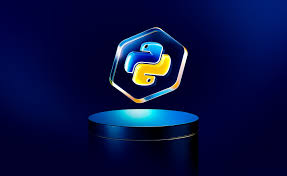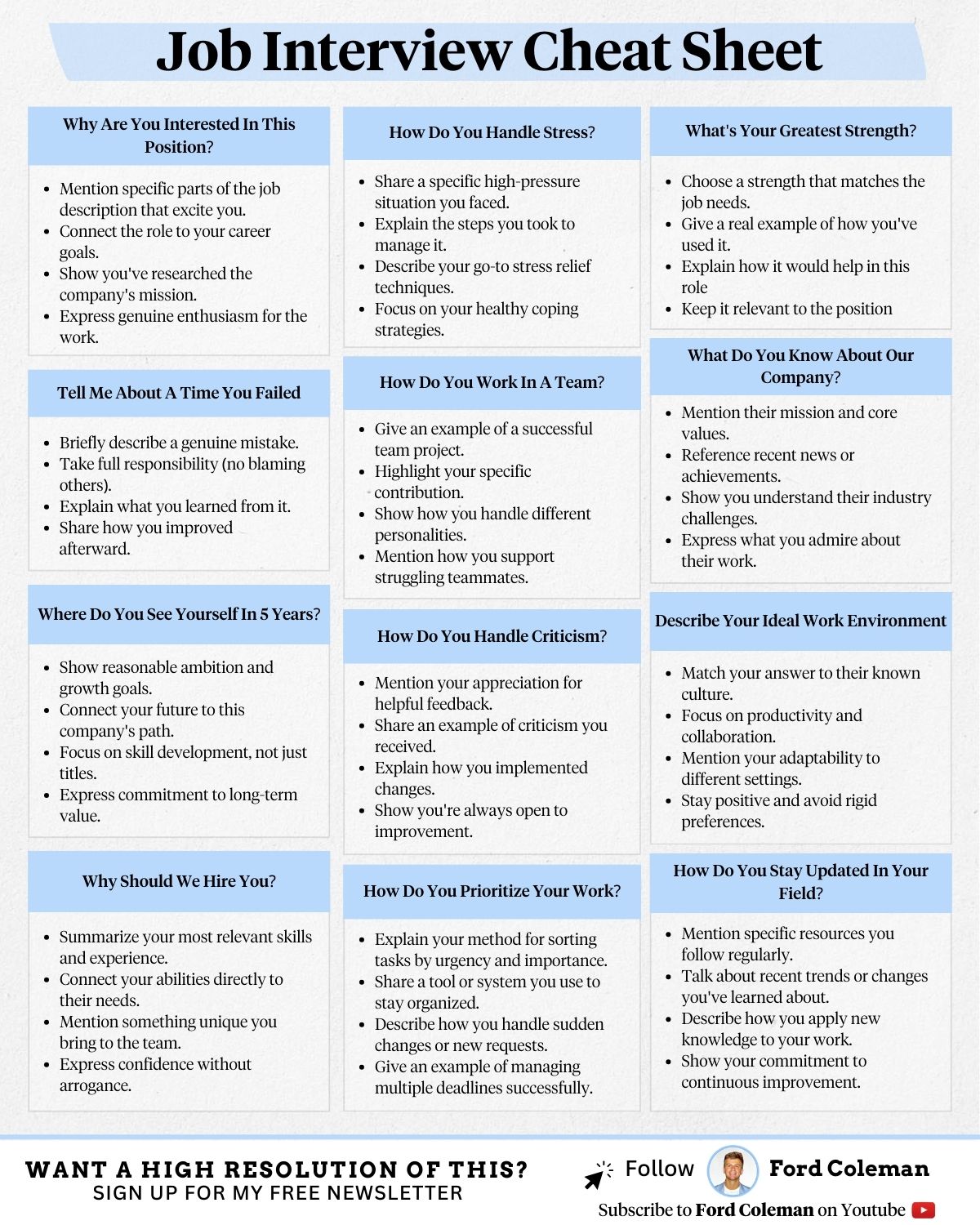-
ComfyRun – A fully open source and self-hosted solution to run your ComfyUI workflows at blazing fast speeds on cloud GPUs
https://github.com/punitda/ComfyRun
Best suited for individuals who want to
- Run complex workflows in seconds on the powerful GPUs like A10G, A100, and H100 🔋
- Experiment with any workflows you find across web without worrying about breaking your local ComfyUI environment 😎
- Edit workflows on the go 📱
-
Python Windows environment requirements vs apps and custom venv installs
Think of Python like a big toolkit of tools (the interpreter and all its libraries). On Windows, you need to install that toolkit in one place so the operating system knows “Here’s where Python lives.” Once that’s in place, each application can make its own little copy of the toolkit (a venv) to keep its dependencies separate. Here’s why this setup is necessary:
1. Windows doesn’t ship with Python built-in.
– Unlike some Linux distributions that come with Python already installed, Windows has no default Python. You have to install Python yourself so that Windows knows how to run any .py file or command like python from a terminal.
2. A “global” Python install gives Windows a known starting point.
– When you double-click a .py script or run python in PowerShell, Windows looks in its registry or PATH to find “the” Python program. That global install is what Windows uses whenever any application or you directly ask for Python.
3. Virtual environments (venv) are just isolated copies that depend on that global install.
– A venv is like a smaller, self-contained workshop built from the main toolkit. It points back to the global Python installation for the core interpreter, but then installs whatever extra libraries that particular app needs.
– Since each venv is meant to be isolated (so that App A can have version 1 of library X while App B uses version 2), Windows still has to know where the “original toolbox” is in order to create or activate each new venv.
4. Windows needs its own base environment so you can’t accidentally break system tools.
– If app-specific venvs lived inside the main Windows folder, deleting one app’s venv could swallow up parts of Python that other apps (or Windows itself) rely on. By installing Python globally (say, under C:\Users\YourName\AppData\Local\Programs\Python\ or C:\PythonX\), Windows always has a consistent, unchanging copy of the core.
– Then each app’s venv just “borrows” that core and adds or overrides libraries without touching the original.
5. It lets different apps keep different library versions without conflict.
– Imagine two apps: one needs requests version 1, the other needs requests version 2. If they both shared a single Python folder, installing version 2 would break the first app. By having a global install plus separate venvs, each app can have exactly the version it wants, and Windows still knows where to find Python itself.
In short:
– Global Python on Windows = the master toolbox that Windows and any script/shortcut can reference.
– venv for each app = a small, private copy of the toolbox customized with only the extra stuff that app needs.
You can’t skip having a global Python on Windows because there needs to be a known “base” interpreter for Windows to point to. Virtual environments are built on top of that base—they don’t replace it, they isolate from it.
Regarding hardware requirements:
When you install Python on Windows, you’re also installing a version that’s built to work with your PC’s hardware—CPU architecture (32-bit vs 64-bit), the instruction sets it supports, and so on. Here’s why that matters and how it ties into virtual environments (venvs):
6. Python must match your computer’s “engine.”
– Think of your CPU (Intel or AMD chip) like the engine in a car. A 64-bit engine can handle bigger “loads” of data at once than a 32-bit engine. When you install Python, you pick the “engine size” (32-bit or 64-bit) that matches your computer. If you try to run a 64-bit Python on a 32-bit machine, it won’t start at all.
– Windows needs that globally installed Python to be compiled against your hardware so it knows how to talk directly to the CPU, RAM, and other low-level components.
7. Some Python packages have parts that are “built for” specific hardware.
– Many libraries (especially ones that do math, graphics, or interact with sensors) include compiled code—pieces written in C or C++ that are turned into machine instructions ahead of time. Those compiled pieces must match your CPU’s architecture and your Windows version (e.g., Windows 10 vs Windows 11 vs Server).
– When you create a venv, it doesn’t recompile the core Python interpreter or those low-level modules; it just points to the hardware-compatible Python that’s already installed. If your global Python was built for 64-bit Windows, every venv you make inherits that compatibility. This causes some deeply embedded dependencies between the python install and the hardware it runs on.
8. Drivers and external hardware tools live in the global install, not in each venv.
– Suppose you have a USB-based temperature sensor or a video card that needs specific drivers or SDKs. The Python that knows how to load those drivers lives in your global Windows installation. Virtual environments share that same “driver-aware” interpreter.
– If each venv tried to repackage its own driver support, you’d end up with duplicates and possible conflicts. By using one globally installed Python (already configured for your motherboard, USB bus, GPU, etc.), every venv just “borrows” that underlying hardware support.
9- Keeping the hardware interface consistent prevents broken apps.
– If App A’s venv tried to install a different build of Python that wasn’t tested on your specific hardware, it might crash when it tries to talk to the GPU or sound card. By forcing all venvs to depend on one global, hardware-tested build, Windows ensures that any native extensions or drivers are only ever loaded in compatible ways.
10. You still isolate libraries, but not the core hardware layer.
– The venv’s job is to isolate Python libraries—so App A can use version 1.2 of a graphics library, and App B can use version 2.0. But neither venv re-builds or re-installs the low-level, hardware-specific bits. They always point back to the same “Python engine” that Windows installed once.
In simple terms:
– Global Python on Windows = the single, hardware-matched interpreter (the “engine” tuned for your CPU, drivers, and Windows version).
– venvs = local toolboxes that borrow the engine but keep their own add-ons.
Hardware dependencies (CPU architecture, drivers for GPUs or sensors, Windows APIs) are handled by that one global interpreter. If you tried to give each app its own copy of the interpreter plus all the correct low-level drivers, you’d quickly run into conflicts or broken installs. By having Windows maintain a single, hardware-compatible Python and letting each venv reuse it, you get two benefits:
– Your apps run on hardware they’re guaranteed to understand.
– Each app can still manage its own libraries without risking a mismatch at the CPU or driver level.
-
Google Stitch – Transform ideas into UI designs for mobile and web applications
https://stitch.withgoogle.com/
Stitch is available for free of charge with certain usage limits. Each user receives a monthly allowance of 350 generations using Flash mode and 50 generations using Experimental mode. Please note that these limits are subject to change.
-
Runway Partners with AMC Networks Across Marketing and TV Development
https://runwayml.com/news/runway-amc-partnership
Runway and AMC Networks, the international entertainment company known for popular and award-winning titles including MAD MEN, BREAKING BAD, BETTER CALL SAUL, THE WALKING DEAD and ANNE RICE’S INTERVIEW WITH THE VAMPIRE, are partnering to incorporate Runway’s AI models and tools in AMC Networks’ marketing and TV development processes.

-
LumaLabs.ai – Introducing Modify Video
https://lumalabs.ai/blog/news/introducing-modify-video
Reimagine any video. Shoot it in post with director-grade control over style, character, and setting. Restyle expressive actions and performances, swap entire worlds, or redesign the frame to your vision.
Shoot once. Shape infinitely.
COLLECTIONS
| Featured AI
| Design And Composition
| Explore posts
POPULAR SEARCHES
unreal | pipeline | virtual production | free | learn | photoshop | 360 | macro | google | nvidia | resolution | open source | hdri | real-time | photography basics | nuke
FEATURED POSTS
-
Free fonts
-
Photography basics: Color Temperature and White Balance
-
Photography basics: How Exposure Stops (Aperture, Shutter Speed, and ISO) Affect Your Photos – cheat sheet cards
-
Photography basics: Shutter angle and shutter speed and motion blur
-
Emmanuel Tsekleves – Writing Research Papers
-
Advanced Computer Vision with Python OpenCV and Mediapipe
-
Want to build a start up company that lasts? Think three-layer cake
-
AI Data Laundering: How Academic and Nonprofit Researchers Shield Tech Companies from Accountability
Social Links
DISCLAIMER – Links and images on this website may be protected by the respective owners’ copyright. All data submitted by users through this site shall be treated as freely available to share.






